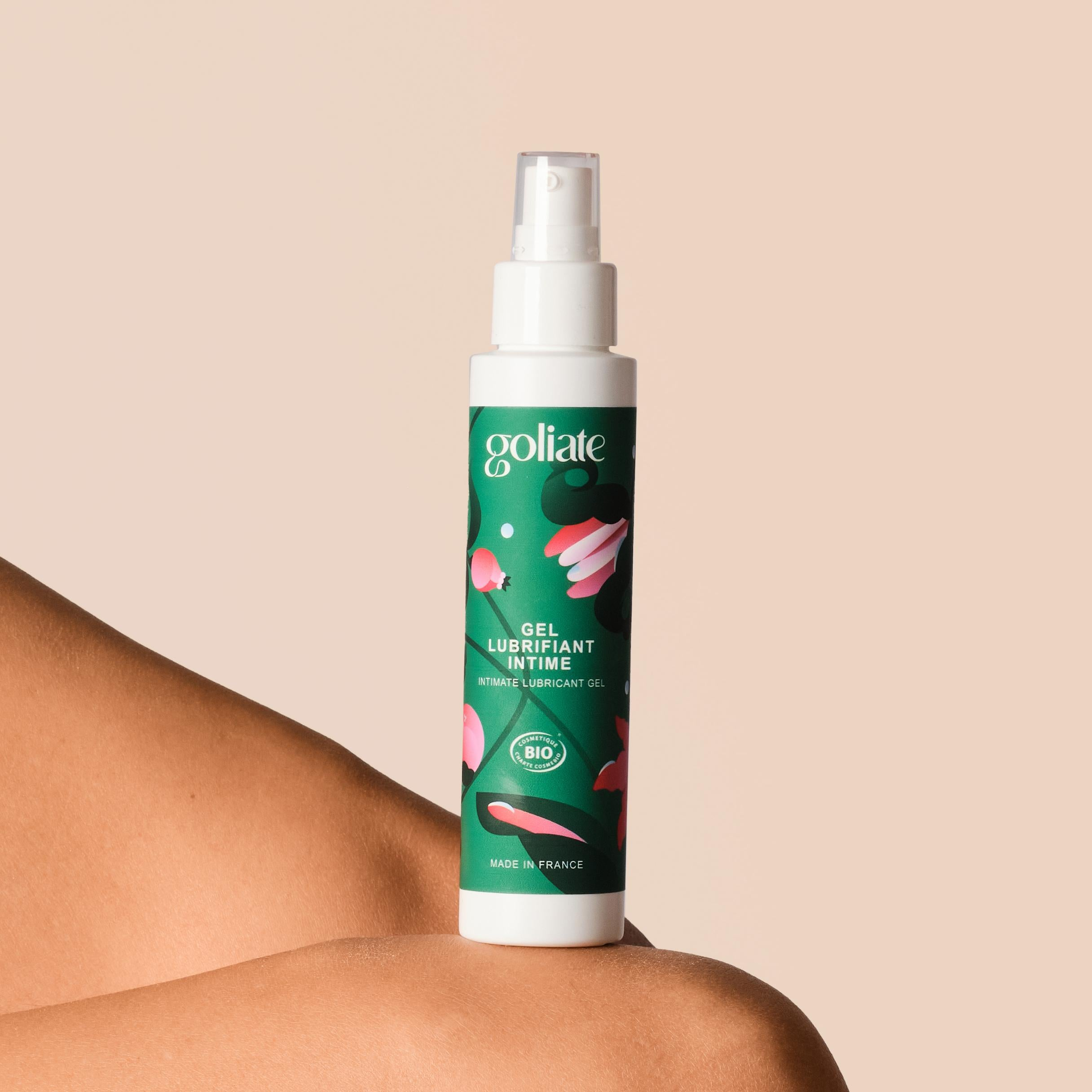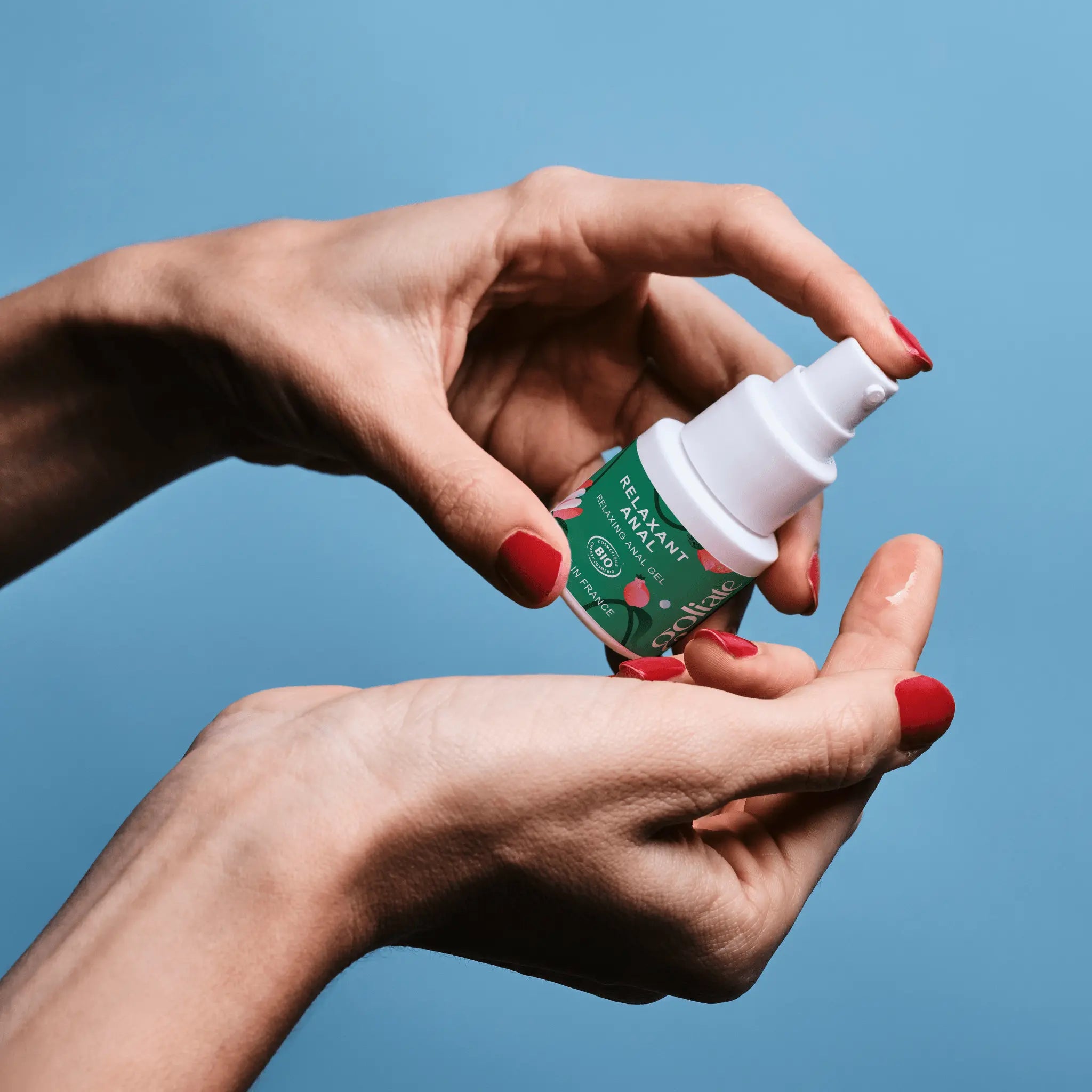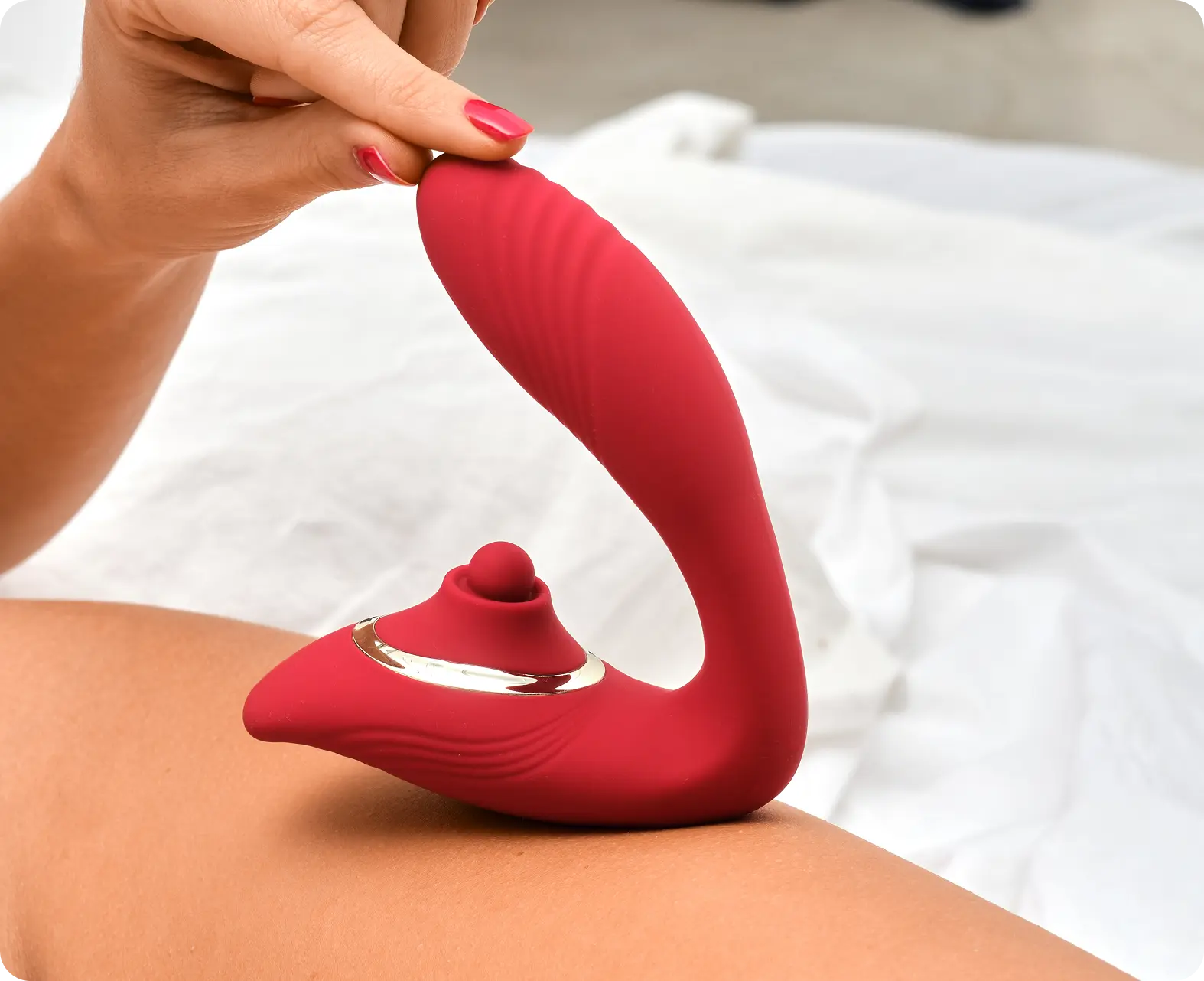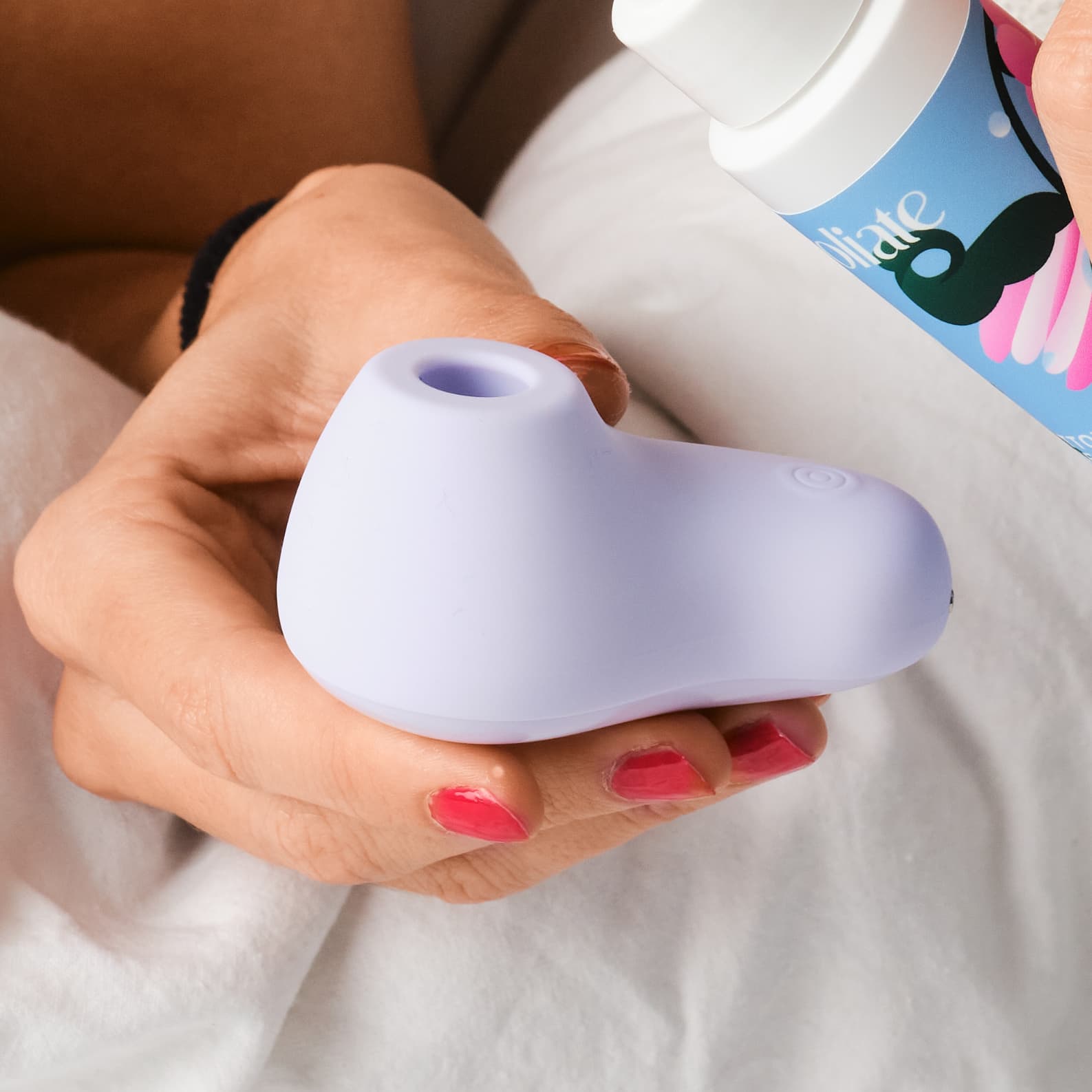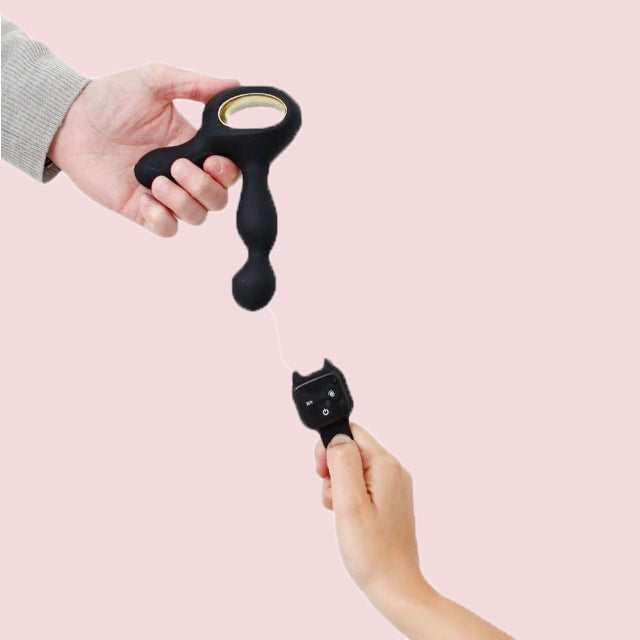Blog & Tips
Explore the many facets of sexuality with us. Our blog offers useful information from the Kama Sutra to BDSM, including the wise use of sex toys and techniques to rekindle passion in your relat...
Blog & Tips
Explore the many facets of sexuality with us. Our blog offers useful information from the Kama Sutra to BDSM, including the wise use of sex toys and techniques to rekindle passion in your relationship. Learn to better understand male and female anatomy and discover sex tips to enrich your intimacy. Whether you're a beginner or an experienced sex enthusiast, our articles are here to inspire, educate, and guide you toward a more fulfilling sexual experience. Join our adventure to transform your sex life into a journey of discovery and pleasure.
Welcome to our category dedicated to the Kama Sutra, the ancient Indian text famous for its profound teachings on love and sexuality.
Here, we explore the various facets of the Kama Sutra, with a particular focus on its iconic lovemaking positions. Whether you're a beginner or an expert, our articles will guide you through the mysteries and pleasures of the Kama Sutra.
Learn to master a variety of positions, from classic to daring, and discover how they can enrich your intimacy and strengthen your connection with your partner.
Our Kama Sutra-based advice is designed for anyone looking to add a new and exciting dimension to their love life. Join us on an erotic journey through the art of love and passion, guided by the timeless wisdom of the Kama Sutra.
Welcome to our BDSM space, a fascinating world where dominance, submission, and the exploration of personal boundaries come together to create intense and liberating experiences.
Our BDSM category offers an in-depth guide for those venturing into this erotic world, whether you're a curious novice or an experienced practitioner.
Discover insightful articles on different BDSM practices, safety tips, role-play ideas, and bondage techniques.
We also address the psychological aspects of BDSM, emphasizing the importance of consent, trust, and communication in these practices.
Whether you're interested in gentle domination or more intense submission play, our blog is an invaluable resource to enrich your exploration of BDSM and deepen your connection with your partner🔥
Welcome to our Male Anatomy section, a space where we celebrate and explore the male body in depth.
This category is designed to provide a comprehensive understanding of male anatomy, from physiological aspects to the nuances of erogenous zones. Whether you want to learn more about your own body or expand your knowledge of male anatomy, our articles provide valuable and in-depth information. We cover a range of topics, including reproductive function, sexual health, and the specifics of different male erogenous zones.
Our content is designed to educate and guide, covering topics such as prostate health, testosterone, and aspects of male sexuality.
Welcome to our section dedicated to female anatomy, a celebration of the complexity and beauty of the female body.
Here, we explore all aspects of female anatomy, from the mysteries of the reproductive system to the intricacies of erogenous zones.
Our articles are designed to educate and inspire, whether you're looking to better understand your own body or deepen your knowledge of the female body.
Discover detailed guides on female physiology, health and wellness tips, and insights into female sexuality. We cover a variety of topics, from menstruation and menopause to sexual pleasure and reproductive health. Our goal is to provide a reliable and in-depth source of information to help women connect with their bodies and educate partners on the intricacies of female anatomy ❤️
Welcome to our masturbation category, a space where we celebrate this intimate form of self-exploration and pleasure. Whether you're looking for techniques to enhance your masturbation experience or simply curious to learn more about the practice, our articles are here to guide you. Discover a variety of methods, tips for intensifying pleasure, and perspectives on masturbation as a healthy and normal part of sexuality. We cover topics ranging from the health benefits of masturbation to discovering new ways to pleasure yourself, using sex toys, and masturbation as part of a balanced sex life.
Our goal is to provide an educational and liberating resource, encouraging safe and satisfying exploration of masturbation.
Discover our space dedicated to enriching and energizing your life as a couple.
Here, we share a wealth of creative ideas and strategies to rekindle the flame in your relationship. Whether you're looking to renew passion or explore new avenues of connection, our articles offer practical and innovative advice.
Dive into diverse topics such as introducing erotic play, exploring new romantic adventures, and deepening intimate communication. We also explore how small gestures and surprises can transform everyday life and strengthen emotional bonds.
Our goal is to inspire you to cultivate a fulfilling and passionate relationship by guiding you toward enriching shared experiences. Embark with us on this adventure to awaken and nourish love within your relationship.
Welcome to our world dedicated to sex toys, where we guide you through the vast world of intimate toys to enrich your sexual experience.
Whether you're new to sex toys or experienced, our category offers tips, advice, and ideas for incorporating these accessories into your intimate life.
Discover the latest innovations, from vibrating classics to high-tech gadgets, and learn how to choose the perfect sex toy for your needs and desires.
We cover a variety of topics, including safe sex toy use, techniques for maximizing pleasure, and suggestions for couples looking to explore together.
Our articles are designed to help you navigate the world of sex toys with confidence and curiosity, transforming your sexual experience into a joyful and satisfying adventure.
Welcome to our dedicated sex advice section, an essential resource for anyone looking to enhance their sex life. Whether you're looking for techniques to improve your intimacy, solutions to overcome sexual challenges, or simply new ideas to diversify your experiences, our articles are here to guide you.
Explore a variety of topics, from tips for increasing pleasure and satisfaction to advice for effective communication in the bedroom. We also cover sexual health issues, providing reliable and practical information for a healthy and fulfilling sex life.
Our experts share their knowledge and experience to help you navigate the complexities of sexuality with confidence and pleasure. Join us for enriching discoveries and transform your sex life into an exciting and rewarding adventure.
Dive into our Sexual Exploration category, a space where curiosity and discovery meet to expand the horizons of your intimate life. Whether you're seeking new experiences or eager to deepen your understanding of sexuality, our articles offer refreshing perspectives and stimulating ideas.
Explore topics ranging from lesser-known erotic practices to emerging sexual trends, including tips for experimenting safely and confidently. We address sexual exploration in all its forms, encouraging an open and informed approach.
Discover techniques to enrich your erotic repertoire, tips for healthy sexual exploration, and ideas to spice up your relationship. Our goal is to guide you on a journey of sexual exploration, providing you with the tools and knowledge necessary for an adventure filled with pleasure and satisfaction.

